One of the most prevalent expressions in the modern-day corporate arena is ergonomics. Businesses, big or small, startups or conglomerates, pretty much every corporation is busy preaching the importance of and implementing ergonomic practices. This is why most offices nowadays are equipped with ergonomic furnishings and other similar chairs and desks.
However, it seems that sometimes placing all the right furniture pieces is not enough to create an efficient and comfortable workplace. That is where ergonomics in the workplace and office safety tips come into the picture to educate employees and teach them how they can make their office ergonomically sound.
As an employer, you can hold seminars on ergonomic practices or publish guidebooks to give workers office ergonomics tips for working safely and comfortably. You can also have online manuals to make tips for ergonomic office workstations accessible for everyone. If you are not clear on what those are, here is a list of guidelines to create a workplace safer ergonomically.
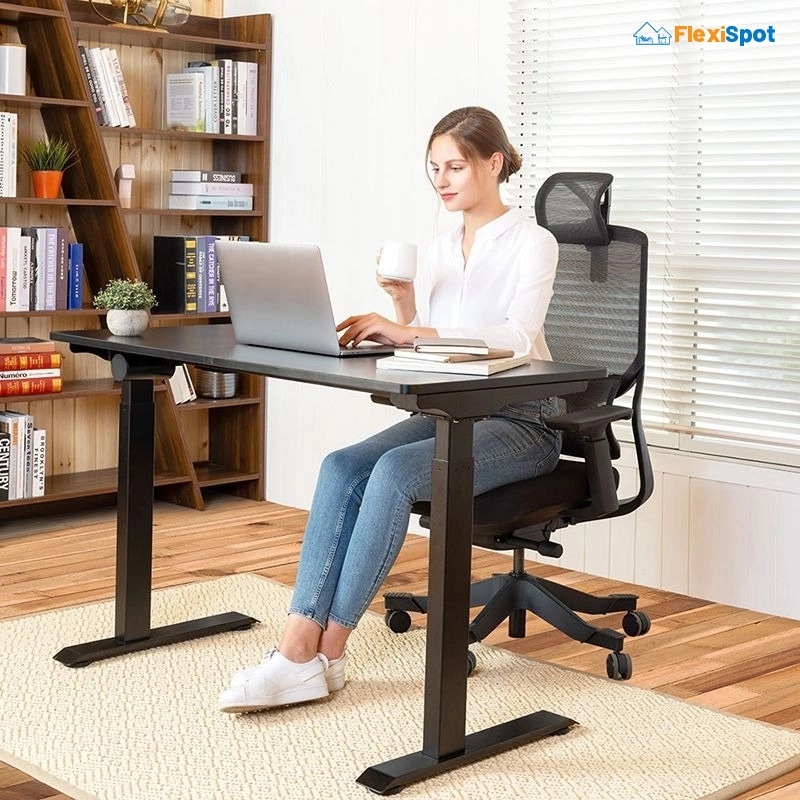
Have the Right Posture
An improper sitting or standing posture has been linked to back and neck stiffness/pain. The chances of that are much higher when working at an office for long hours. For this reason, many corps now have ergonomically constructed furniture to help employees maintain the correct posture. Yet, the problem persists. Here is why
Slouching is a common practice among workers who are chained to their desks. Even with an ergonomic chair's lumbar support, headrest, and spine-supporting backrest, people tend to gradually slide down and end up slouching. Doing so affects the spine and messes up a person's posture over time, if not immediately.
On top of that, hunching forward is another habit employees develop when working on their laptops/desktops. They stick out their necks when focusing on the screen before them, creating a deeper curve in the upper back.
The practices mentioned above clearly indicate that having ergonomically-designed furniture cannot stop someone from ruining their posture. Therefore, people must consciously make an effort to sit and stand straight.
When sitting, the correct posture entails.
A straight back, neutral spine, no drooping neck, knees bent at a 90-degree angle, thighs parallel to the floor, and an open chest
When standing, the correct posture will entail.
Shoulders aligned with the hips and hips aligned with the ankles, feet shoulder-width apart, chin parallel to the floor, a tightened core, and a tucked-in tailbone
A workplace can only be ergonomically-sound and comfortable when the person behind it follows protocol and relevant practices, such as having the right standing/sitting stance.
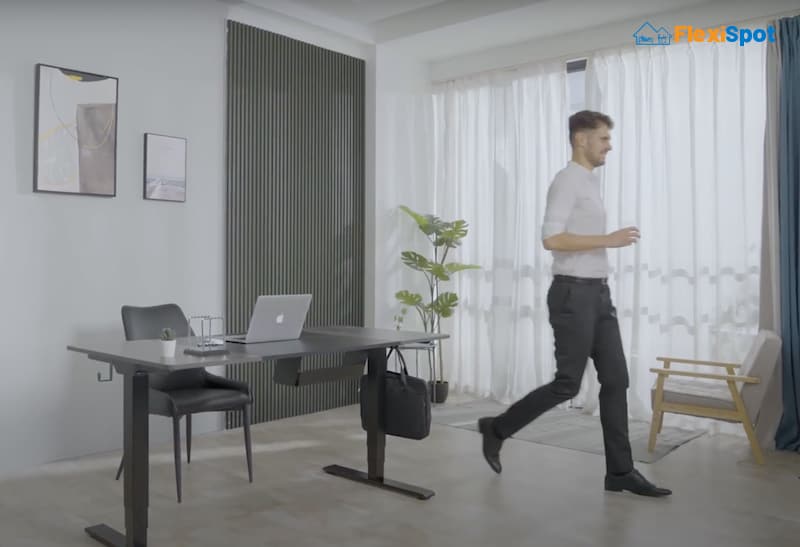
Switch between Sitting, Standing, and Walking
Having a supportive chair doesn't mean you can sit all day long because doing so will make your muscles stiff. Our muscles and bones are made to be moved; when that doesn't happen, they become rigid and start to cause discomfort when mobilized. Therefore, don't remain seated for hours on end; try to switch positions between sitting, standing, and walking.
Don't stay in one stance for more than 40 minutes maximum. Move your body and give your muscles a chance to loosen up a bit. Doing so will keep your body from getting tense.
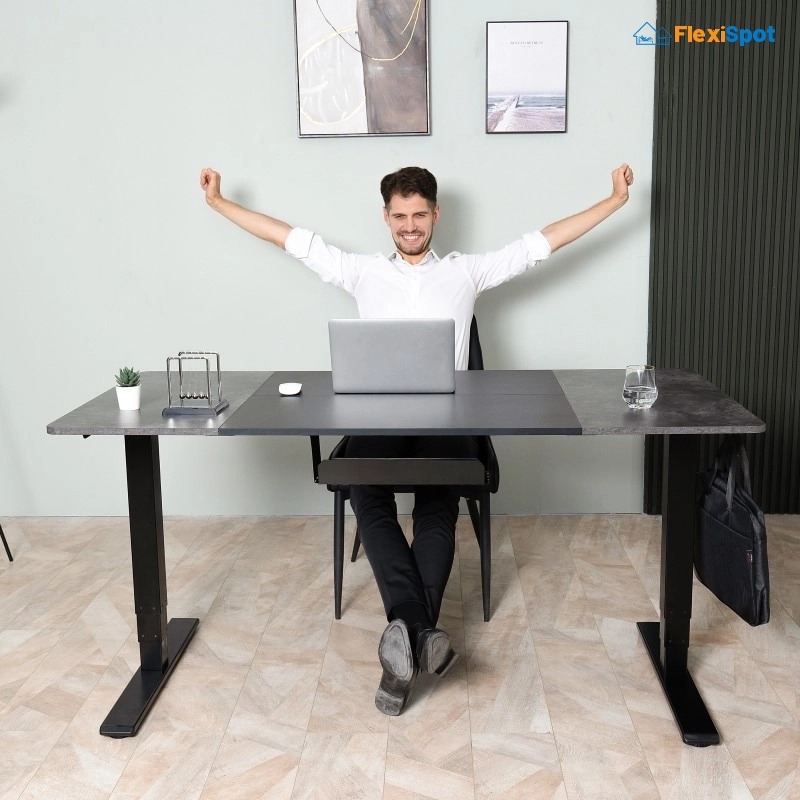
Stretch Frequently
Although stretching at work may seem impossible or at the very least indecorous, it's not. When people hear the term stretch, they often assume getting into a child's pose or cobra, but that's not necessary.
You don't always need to do conspicuous poses like the ones mentioned above; simple arm and neck stretches are sufficient to get you through a workday.
Here are a few doable stretches that you can try at work
Slowly drop your neck to one side, stay in that position for five seconds and then change the side.
Extend your right arm diagonally to the left in front of you. Loop your left hand from under the extended right arm to hold on to the right shoulder.
Bring your hands behind your back and interlock the fingers. Then push your arms away from your back as much as possible. You should feel your arm, upper back, and shoulder muscles stretching.
Lift your feet under your desk and stick out the balls of your heels as much as you can. Doing so will give a nice burn to the back of your legs.
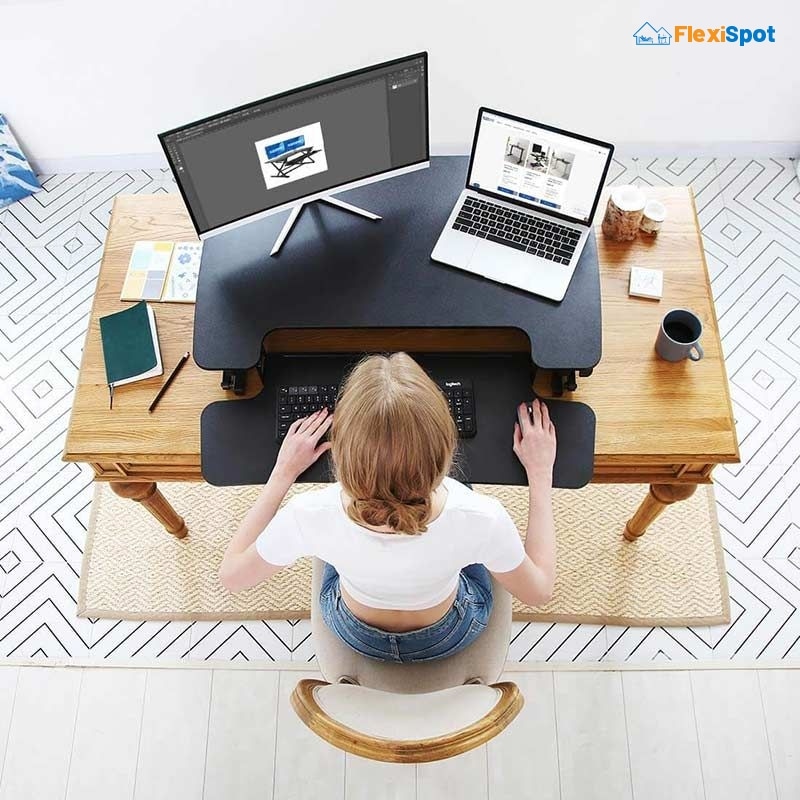
Be Mindful Of How You Place the Keyboard and Mouse
If your job involves using a computer for long hours, you need to be careful about how you put your keyboard and mouse. If you are not mindful of that, you are likely to use both devices at a skewed angle, resulting in muscle stiffness and pain.
Believe it or not, how you position your keyboard and mouse is incredibly important in maintaining your posture. Since your hands will be extended using the two items, you need to be careful of the angle you stretch your arms at.
One vital point to remember when using the keyboard and mouse on your workstation is exerting equal pressure on both of your arms. That is, when you stretch your arms, you want to distribute your weight on both instead of just one because that can result in an injury or, at the very least, obstruct proper blood flow in the one with more pressure on it.

Rest Your Eyes
Just like the back and neck get tired staying in one position, our eyes get fatigued looking at one thing only. To save your eyes from wearing out, look away from the screen or close them for a little bit to rest them.
If you don't do so and continue straining your eyes, it will affect your eyesight and may even damage your retina or cornea.
Additionally, be sure that the screen you use is not placed near a window to avoid getting a glare on it, as that will put a strain on your eyes. Keep an arm's length distance between yourself and the monitor before you to minimize stress on your eyes.

Use Phones Right
Using a laptop while a phone remains jammed between the user's neck and ear- if the picture we just painted rang a bell for you, the chances are that you have either seen others do it or do so yourself. Either way, it must be noted that doing so is not a beneficial practice.
While multitasking is an excellent skill that can save you a lot of time, it can cost you many things at times. But even so, your health shouldn't be one of those things. Don't balance your phone between your neck and ear while you do something else.
If you need to correspond with the person on the other end and using your computer is necessary to do that, turn on the speaker or use headphones to continue your conversation. Don't strain your muscles unnecessarily.
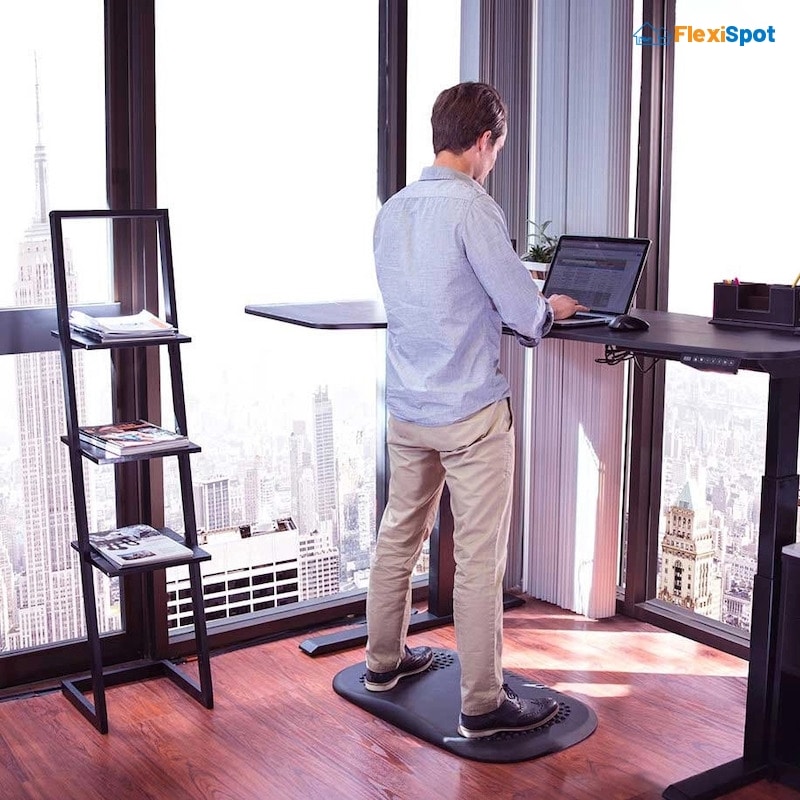
Move Your Feet
Dangling feet often result in poor blood flow to the legs and, in some cases, swelling. Therefore, moving your feet is essential when working at your desk continuously.
If your seat happens to have a footrest, use it often to rest your legs and improve the blood flow.
Moreover, be sure to plant your feet firmly on the ground while sitting. If you can't reach the floor easily, modify your chair's height to place your feet comfortably.
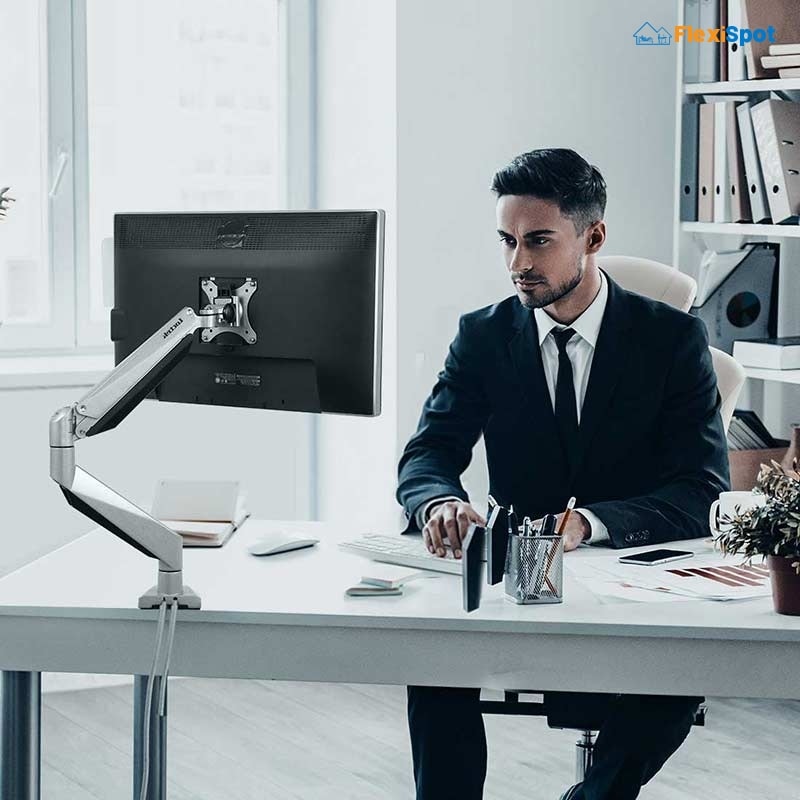
Adjust Your Office Chair According To Your Needs
Many times employees make the mistake of using their office chair as is and not modifying it according to their requirements. That creates excessive pressure on certain body parts, leading to injuries and pains.
Signs your office chair needs adjusting.
The monitor is not at your eye level. One of the easiest indicators to determine that your seat should be adjusted is where the screen stands before your eyes. It should be exactly at your eye level, not an inch higher, not an inch lower.
You have to strain your arms to get to the keyboard and mouse. Although that could be because of the improper placement of the said devices, you can still try adjusting your chair. Bring it closer to your desk and change the position of the armrests if you have the option.

Set Lighting and Temperature for Optimal Productivity
Ergonomics is generally only associated with furniture, but that's not the case. The aspects of a room responsible for creating the ambiance are also integral to an ergonomic plan.
If your office has harsh lighting that is too intense for your eyes or creates a glare on your computer screen is against the ergonomic protocol. Likewise, too hot or cold room temperature is unfitting for an ergonomic office space.
Discuss with your fellow employees to come to a consensus on the best lighting and temperature setting for the office.
Ending Note
Making a workplace comfortable and efficient goes beyond the furniture in it. Everyone should participate and put in the effort to make an office more efficient and ergonomically sound.
If you are an employer, spread awareness on the topic among your employees. And if you are an employee, be sure to follow the mentioned tips for a more comfortable work environment.

